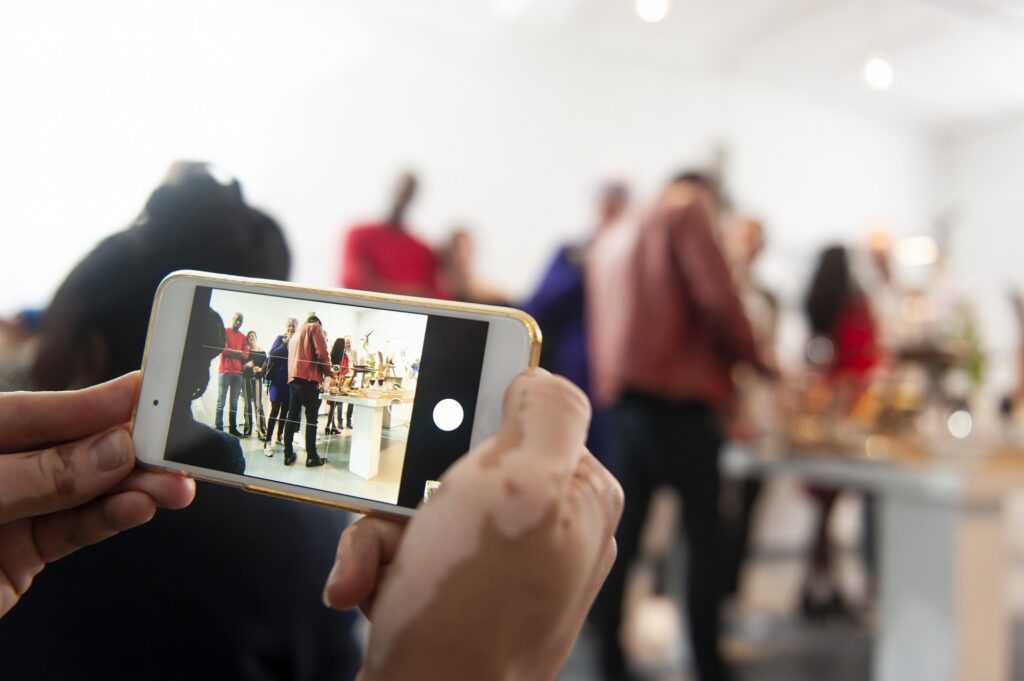[ad_1]

Beauty brands are increasingly using pop-up events as an effective tool to enhance brand engagement. This trend, already prominent across retail sectors, is gaining momentum in the cosmetics and skin care industry, where product interaction and brand visibility play a crucial role.
The rise of pop-ups reflects a shift toward creating memorable, immersive experiences that resonate with consumers, particularly as competition intensifies in both physical and digital spaces. This trend opens new opportunities for cosmetics and personal care product manufacturers and suppliers, including partnerships, product placements, and innovative promotional campaigns.
Beauty brands embrace pop-ups as strategic marketing arenas
The surge in beauty pop-ups illustrates a fresh approach to consumer engagement, enabling brands to deliver interactive, memorable experiences beyond traditional retail settings. ZitSticka, known for its high-tech acne solutions, recently introduced a bold new look with vibrant, color-blocked packaging to enhance shelf visibility and social media appeal.
To enhance brand awareness regarding the redesign, ZitSticka recently hosted a launch pop-up event at UCLA’s Welcome Week and plans to continue this guerrilla marketing strategy across college campuses nationwide. “ZitSticka has always believed that skin care should be fun, even when tackling sensitive skin care concerns like acne,” said Trish Kozlak, Head of Retail at Essor, in a media statement.
Similarly, Stripes Beauty, the wellness brand founded by actor and entrepreneur Naomi Watts, recently launched “National Hot Flash Day” on September 9, marking an effort to destigmatize menopause and its symptoms. Stripes hosted a pop-up event in New York’s Bryant Park to celebrate, where visitors enjoyed complimentary Van Leeuwen ice cream and learned about hot flash relief solutions.
“By establishing a day to speak publicly about the challenges women encounter, we hope we inspire conversation, community, and support,” said Watts in a press release. Stripes distributed samples of The Cool Factor, a cooling product designed to provide immediate relief from hot flashes, connecting with women seeking support during this life stage.
Driving brand awareness through immersive experiences
Recently, K-beauty brand COSRX hosted experiential pop-ups at select ULTA Beauty stores to promote its viral 6 Peptide Skin Booster Serum. The events featured photo opportunities, branded giveaways, and unique offerings like collagen popsicles.
According to a COSRX press statement, “this launch was further enhanced by a pop-up experience, where attendees immersed themselves in the buzz surrounding this best-selling serum. ” The event drew more than 1,500 attendees, including influencers and editors.
Visually engaging experiences like these help brands extend their reach beyond the physical event, capturing in-person and online audiences through social media-friendly setups.
Additionally, beauty brands are discovering that pop-ups’ temporary nature can foster long-term consumer loyalty. For example, Physicians Formula recently launched its “Glambulance” across California, attracting over 2,000 attendees for beauty touch-ups, skin care consultations, and exclusive “glam-ergency” kits.
This mobile event highlighted how brands can establish solid and memorable connections with consumers by creating accessible, unique brand experiences.
Manufacturers and suppliers can see this trend as a sign of evolving consumer expectations. As beauty brands prioritize immersive experiences, product makers can align their offerings with these marketing efforts, enhancing brand visibility and fostering customer loyalty.
The takeaway for beauty manufacturers and suppliers
The rise in pop-up marketing has significant implications for manufacturers and suppliers, signaling a shift in the types of products that may gain traction in the market. The popularity of immersive marketing experiences lends itself to products with eye-catching packaging, innovative application methods, and interactive appeal where the consumer experience is paramount.
Manufacturers might also benefit from collaborating with brands on co-branded or limited-edition products designed for these events. For example, suppliers of beauty tools may find increased demand for products suited to in-store demonstrations or sample kits that appeal to a hands-on audience.
As demonstrated by ZikSticka, Stripes Beauty, COSRX, and Physicians Formula, out-of-home marketing collaborations can provide a platform for suppliers to play an integral role in creating memorable consumer encounters.
[ad_2]
Source link

